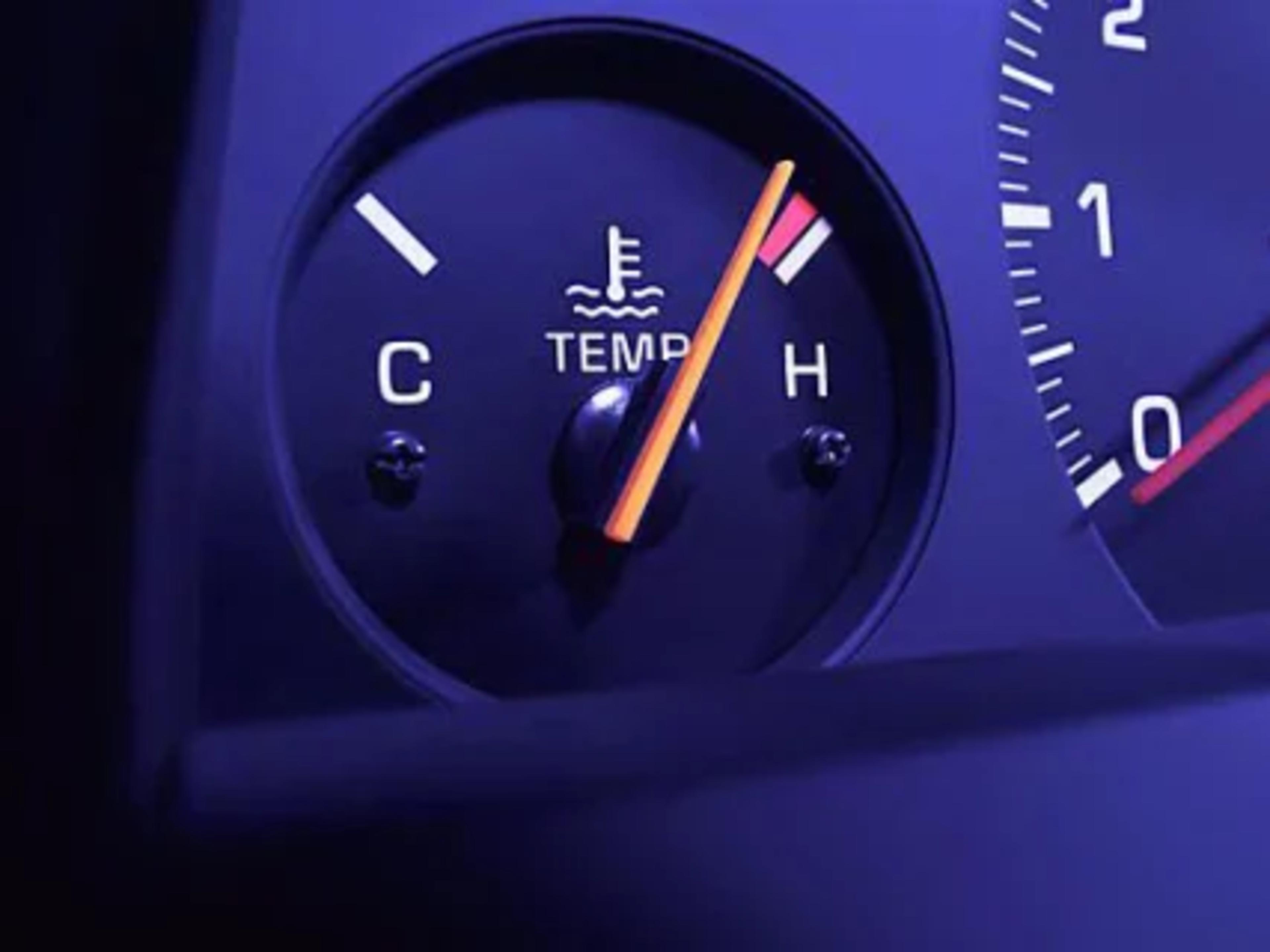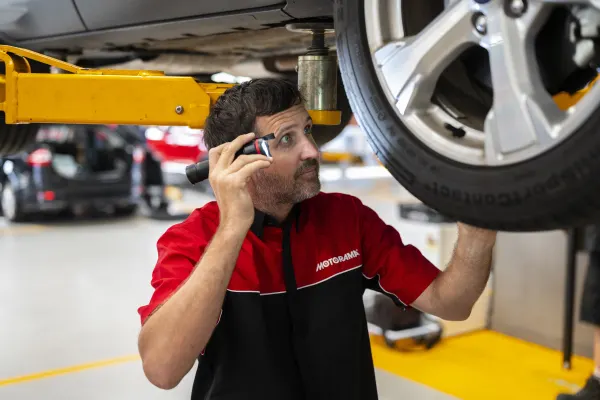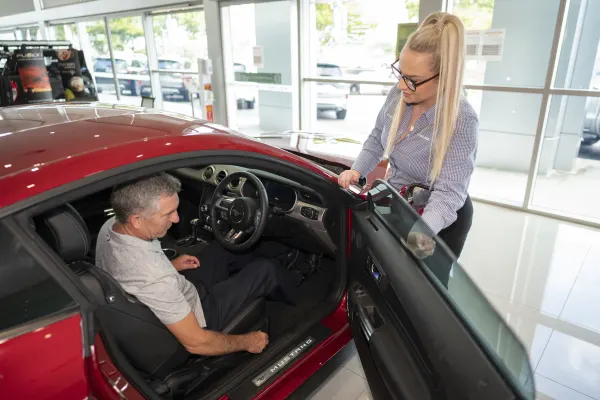
How to Deal with an Overheated Engine
Posted in Servicing Insights
How to Deal with an Overheated Engine
Picture this - you are driving down the M1 with the windows down and the radio on, preparing to spend a day at the beach with friends or family. All of a sudden, you notice that your temperature gauge is off the charts and there is steam and smoke coming from your bonnet. Guess what, your engine is overheating!
What do you do next? Do you pull over to the side of the road or do you push on, hoping to reach your destination? Overheated engines can be frustrating, expensive and also dangerous, and can affect any Australian driver.
For that reason, it's important to understand why this problem can occur, and what you can do to prevent it.
Why does an engine overheat?
Engines can overheat for a variety of reasons, but it's usually a sign that your car has a significant mechanical fault and has gone too long without a proper servicing. The most common cause of an overheated engine is when your car is low or out of coolant.
Engine coolant is the fluid, which goes inside your radiator, and helps transfer heat away from the engine itself.
If your car is regularly running low on coolant, then this is warning sign that you have a crack or leak that is allowing coolant to escape.
Cars can also overheat due to faulty thermostats, or other issues with the radiator, such as clogs or damaged caps.

How can I prevent my engine from overheating?
The best way to avoid any of these issues occurring is by ensuring that you are taking your car in for regular servicing, so that it can be looked over by a trained mechanic.
This way, you will be able to pinpoint any potential issues before they are allowed to compound and become more significant further down the line. Prevention is always a better option than finding a cure, so make sure that you are keeping up with your maintenance schedule and not simply waiting for a problem to arise.
Another good way to prevent your engine from overheating is to ensure that it has plenty of coolant at all times. You can check your coolant by referring to the coolant reservoir, which will have lines on the side indicating where the coolant level should be.
If you need to top up your coolant, you can buy some more from any good auto store. Make sure to buy coolant that is the same colour as your current coolant - usually it will be red or green. If the coolant in your car has lost its colour or looks rusty, this is a sign that you need a full coolant flush.
What to do if your engine overheats?

It's important to take a proactive attitude towards the issue of overheating. Keep an eye on the temperature gauge on your dashboard, and watch for any signs that something might be amiss. If the temperature of your car starts to rise rapidly, or is significantly higher than usual, you need to act!
If you are close to home and just need your car to make it back to the driveway, try switching off your air conditioner and rolling down your windows to reduce the strain on your engine. If the temperature continues to rise, you can try switching on your heater as high as it will go in order to transfer the heat from the engine to the cabin (although this won't be particularly comfortable for you!).
Your car will overheat faster when it is stationary or moving slowly, as you won't have any natural airflow to cool it down. If you find yourself stuck in heavy traffic or at a red light, you can try switching into neutral or park.
If all of this isn't working and you are growing concerned, trust your instinct and pull over to a safe spot on the side of the road. It's better to be safe rather than sorry, so your best bet is to stop and wait for roadside assistance to come and help.


